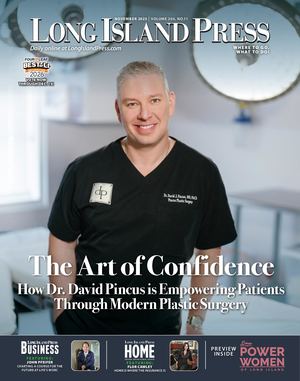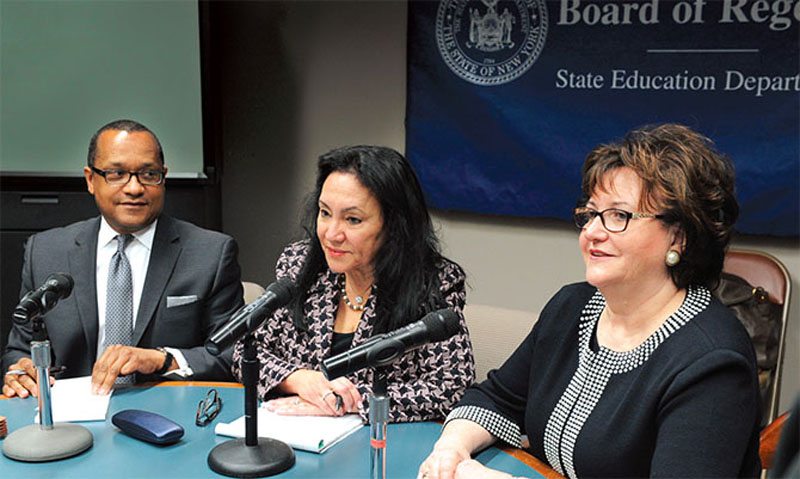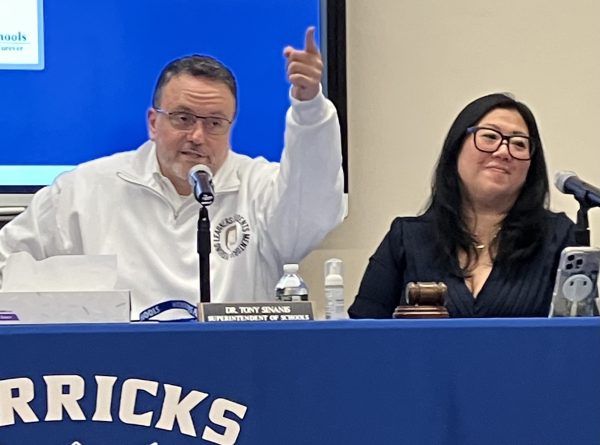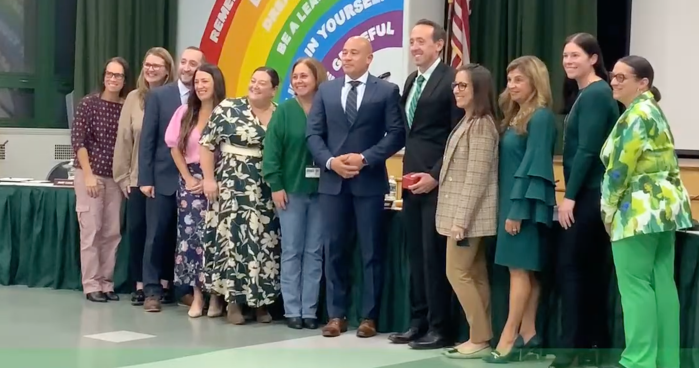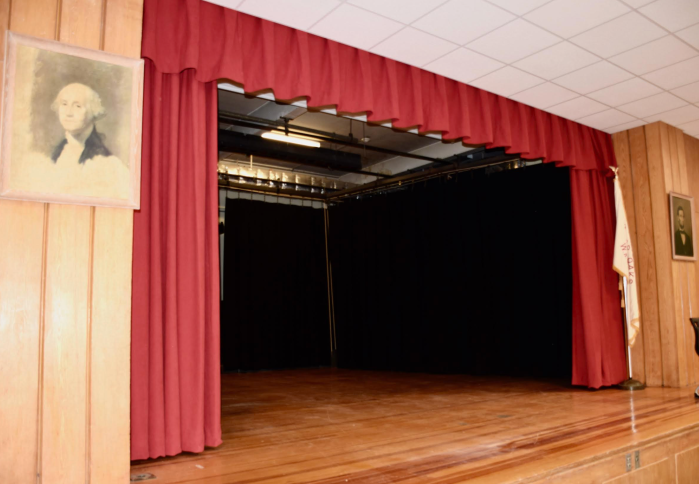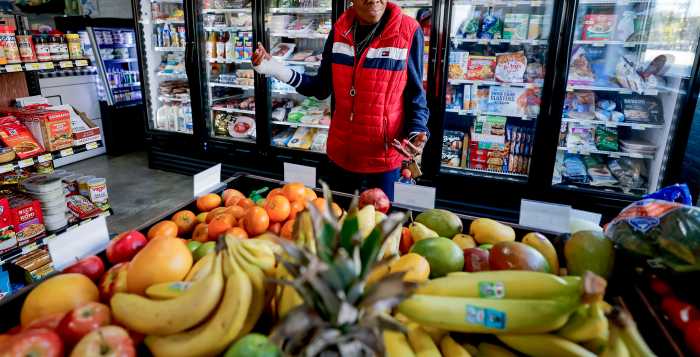Despite the highest spending per student out of any state, a new report has found that New York is seeing mediocre academic performance.
By next school year, it will cost taxpayers $35,000 to educate one K-12 student in New York, putting it at the highest in the nation an increase from its $30,000 in 2022 to 2023.
The Empire State’s spending is nearly double the national average per student. However, despite this higher spending, the National Assessment of Educational Progress shows New York students have average to below-average scores in reading and mathematics, placing it below states with less spending.
The report, “New York’s K-12 Problem,” was released on Tuesday via The Empire Center, a non-partisan think tank dedicated to improving New York through public policy reforms based on personal and government accountability.
The study is part of the organization’s ongoing “The Next New York” series, a study on the issues plaguing New York with the ultimate goal of fixing them so that the state can thrive.
“New York clearly shows that more spending alone is not the solution,” Empire Center President and CEO Zilvinas Silenas wrote. “If merely throwing money at education were the answer, New York would easily top all the rankings on reading, math and science nationwide and globally.”
The study contrasts New York’s academic spending and performance with those of other states, such as Massachusetts and New Jersey. Massachusetts spent 30% less and the latter 15% less in the 2022 to 2023 school year. Despite the lower spending, both states ranked first in 2024 grade 8 reading, while New York only placed average.
A similar situation occurred with grade four mathematics, with New York placing below the national average. In the same year, the state scored above the U.S. average in grade 4 reading, yet still fell short of lower-cost states like Kentucky or Louisiana.
Larger districts within the state reveal a similar narrative. Buffalo City Schools spends $29,000 per student, yet 27 percent of its student body achieves proficiency in English Language Arts. Rochester spends $30,000, and despite that, it has surprisingly low proficiency rates of 16% in English language arts and 12% in mathematics.
This all stands out compared to the $21,000 spent by the districts of Saratoga Springs, North Colonie and Starpoint, all of whom delivered better scores than several higher-spending districts.
The Empire Center article notes New York has been outpacing all other states in spending for at least half a century. From 1969 to 2021, New York experienced a spending increase of 213%, a rise that stands out compared to the U.S. average of 173%, according to National Center for Education Statistics data.
Although the state continues to widen its gap in higher spending, its second-rate scoring has remained persistent. \
The last time New York exceeded the U.S. average in scoring was in 2009 with mathematics and 2015 with reading, both of which by only two points. Aside from these moments, the Big Apple has been scoring around the U.S. average since 1992.
“If state lawmakers are serious about improving schools, they should do two things,” wrote Silenas. “First, admit that New York has a problem with K-12 education. Second, recall that $35,000 per student adds up to $90 billion. Before asking taxpayers for more, New York’s leaders should be figuring out how to get a decent return on this massive investment.”
